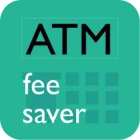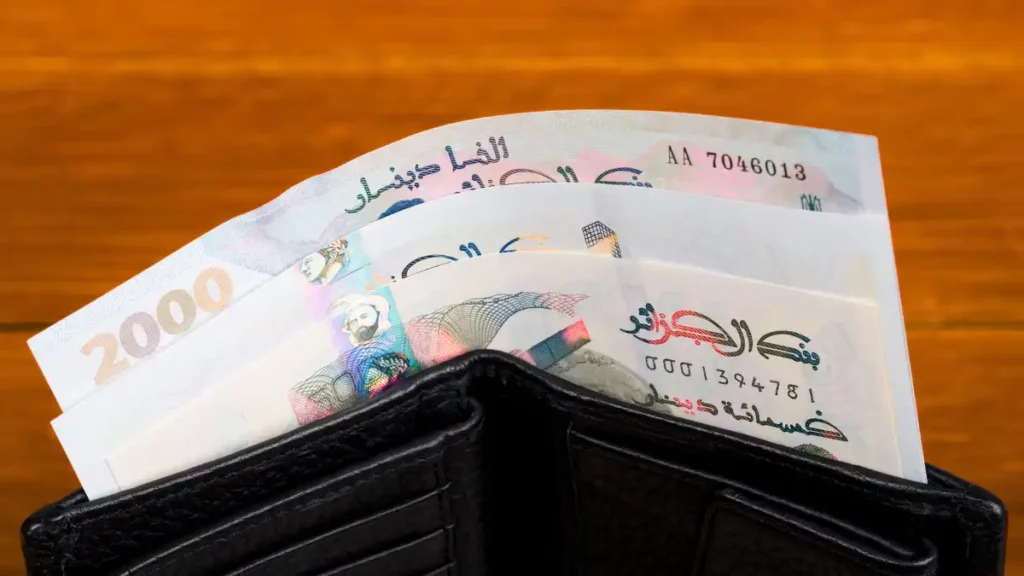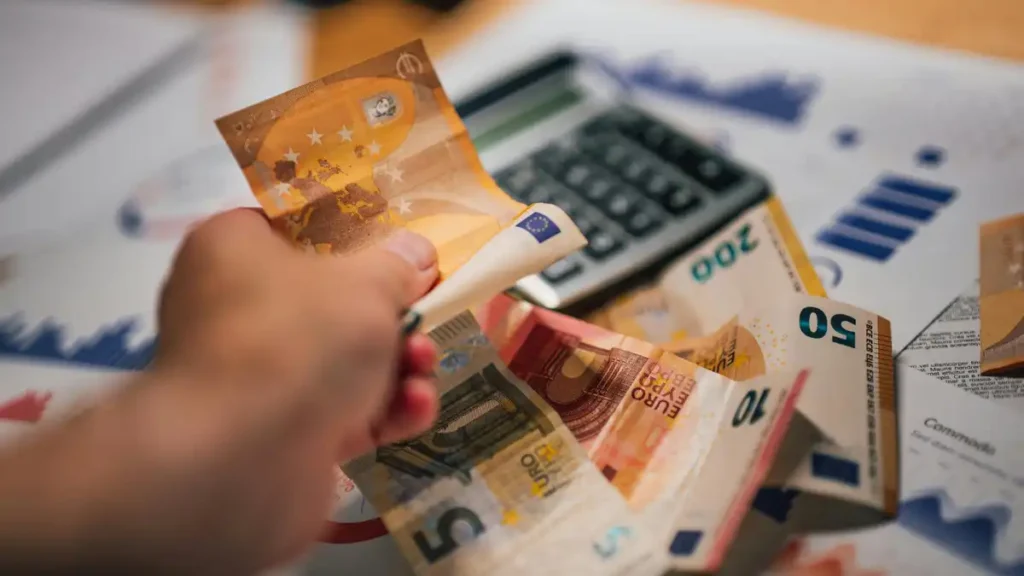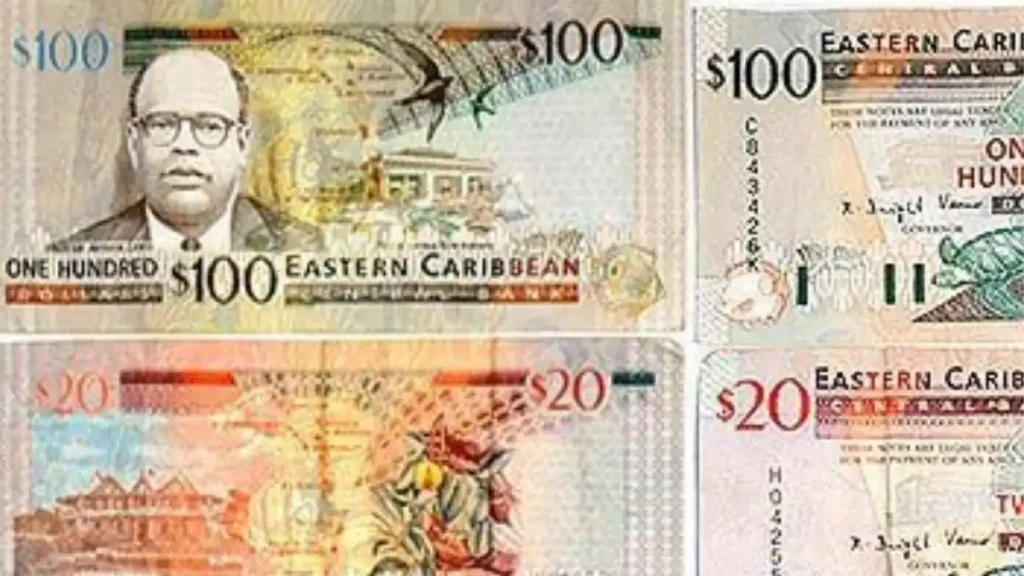Guyana’s waterfalls, rainforests, and rich cultural blend make it a one-of-a-kind destination – but understanding money in Guyana and how currency works is crucial for a hassle-free adventure. Whether you’re navigating local markets, paying for eco-lodge stays, or tipping guides on a jungle trek, knowing how to handle payments is essential. This guide explains what currency to bring, the best ways to get money and currency in Guyana (Guyanese Dollar – GYD), how to carry cash safely, and key dos and don’ts. With these tips, you’ll avoid hidden fees and enjoy your Guyana journey with confidence.
How to pay in Guyana – cash or card?
In Guyana, cash is the primary payment method, especially outside the capital. Card acceptance is improving in urban areas and some digital and card payment options are on the rise, particularly through mobile wallets and bank transfers. The Guyanese dollar (GYD) is the official currency.
You can use cash for:
- Public Transportation: Minibuses, taxis, and ferries operate on cash fares.
- Street Vendors and Markets: Markets and roadside stalls are cash-only.
- Small Businesses: Local cafés, shops, and informal services prefer cash.
- Hostels and Guesthouses: Many budget and small accommodations require cash payment.
- Tips and Gratuities: Cash is preferred for guides, hotel staff, and drivers.
- Rural Areas: Outside Georgetown and larger towns, card facilities are rare.
You can use card for:
- Hotels: Larger hotels in Georgetown and tourist hubs accept Visa and Mastercard.
- Restaurants: Some mid-range restaurants in urban areas take cards.
- Retail Stores: A few supermarkets and larger shops accept card payments.
- Car Rentals and Tours: Established providers may take cards, but confirm in advance.
- Online Bookings: Flights and some accommodations can be booked by card.
What’s the best currency to take to Guyana?
The Guyanese Dollar (GYD) is the best currency to take if you’re traveling to Guyana. Paying in local currency ensures fair prices, especially for transport, food, tips, and shopping in local markets.
US Dollars are sometimes accepted in hotels and tour agencies, but usually at unfavorable exchange rates, and you’ll get change in GYD. GBP and Euros are rarely accepted and can be difficult to exchange outside of major cities.
Where to get currency in Guyana?
There are 3 main ways to get cash in Guyana. They are:
- ATMs, or
- Currency exchange, or
- Money transfer & local pick-up
Types of cards to swipe in Guyana
Visa and Mastercard transactions are commonly accepted for swiping. You might also find some places that accept Amex and other cards, albeit less frequently.
Types of cards at ATMs in Guyana
If you’re withdrawing money in Guyana from an ATM, ATMs commonly accept Visa and Mastercard. Some of them also accept Plus and Cirrus cards. Many of them will not accept CUP, JCB, Maestro, American Express, Diners, Discover and Rupay cards.
Should I exchange money before travelling to Guyana?
It’s a good idea to bring a small amount of Guyanese Dollars (GYD) if possible, for arrival expenses like taxis or tips. However, GYD is not widely available abroad, and you may struggle to find it at banks or exchange counters outside Guyana.
A more practical option is to withdraw GYD from ATMs in Georgetown, airports, and major towns. Most ATMs accept Visa and Mastercard, though Cirrus and Plus compatibility can vary – check with your bank beforehand. Be aware of withdrawal limits and international fees.
Currency exchange is best done at licensed forex bureaus or local banks. Avoid changing money at hotels or with street vendors. USD is the most widely accepted foreign currency for exchange.
Where to withdraw money in Guyana
You can withdraw money in Guyana at leading bank ATMs in the country. The best ATMs for foreigners to use in Guyana are those owned by popular banks such as:
- Republic Bank,
- Demerara Bank,
- GBTI Bank, and
- Scotiabank.
There are other banks with ATMs that also accept international debit and credit cards.
For a detailed guide, read Cash and ATMs in Guyana.
Where to exchange currency in Guyana
You can exchange currency in Guyana at licensed currency exchange offices and banks branches.
Currency Exchange Offices (Cambios):
Cambios are widely used in Georgetown and offer competitive rates. Make sure they are licensed and reputable, as unlicensed dealers may pose security risks.
Well-known cambios include Swiss House Cambio, Hand-in-Hand Trust Cambio and Mohamed’s Cambio. These typically operate Monday to Saturday, 9:00 AM to 5:00 PM.
Popular Banks Offering Currency Exchange Services are:
Republic Bank (Guyana)
GBTI (Guyana Bank for Trade and Industry)
ScotiaBank Guyana
Bank hours are generally Monday to Friday, 8:00 AM to 2:30 PM.
Airport Services:
Currency exchange is available at Cheddi Jagan International Airport, though exchange rates are not as favorable as cambios in town.
Tip: USD is widely exchanged and sometimes accepted in larger hotels or tour agencies, but paying in GYD gives better value.
You can find good currency exchanges in Guyana using the ATM Fee Saver app – it will guide you to the nearest currency exchange on the map. The app helps you with forex places in 160+ countries, including Guyana. Download now from the App Store or Play Store.
Avoid Airport Exchanges and no-fee exchange offices: They have the highest fees and poorest exchange rates. Wait to get to the city to exchange cash.
Is carrying cash in Guyana safe?
Carrying cash in Guyana requires caution, as petty crime such as pickpocketing and bag-snatching is relatively common, particularly in Georgetown and other urban areas. While many small businesses operate in cash, it’s best to carry only what’s necessary for the day.
To protect your cash in Guyana:
- Split your money between a wallet, money belt, or secure travel pouch.
- Avoid showing large amounts of cash in public or when making payments.
- Keep your wallet in a front pocket or use a bag that stays close to your body.
- Be alert in crowded areas, minibus terminals, and local markets.
- Use ATMs inside banks or major hotels, and avoid withdrawing cash after dark.
- Carry small denominations for local purchases, transport, and tipping.
Is it better to use debit or credit cards or pay by cash in Guyana
Use a card if it is fee-free i.e. your bank does not charge any fees to swipe the card, when the merchant / POS also does not impose any extra charge to use a card, you need to use the insurance of the card, don’t want to block cash of large purchases and card’s swipe fees are lower than withdrawal fees.
Pay by cash by withdrawing cash from ATM or exchanging currency where – fees on ATM withdrawals are lesser than fees on swiping cards, you don’t want to leave any digital footprint of your expenses, it is convenient and easier to conduct transactions.









